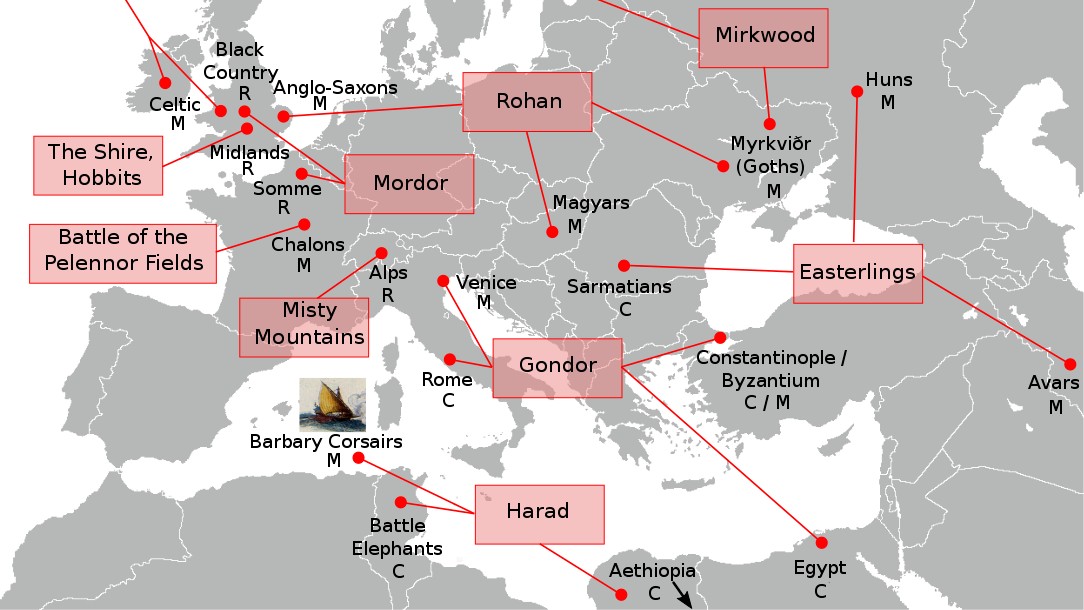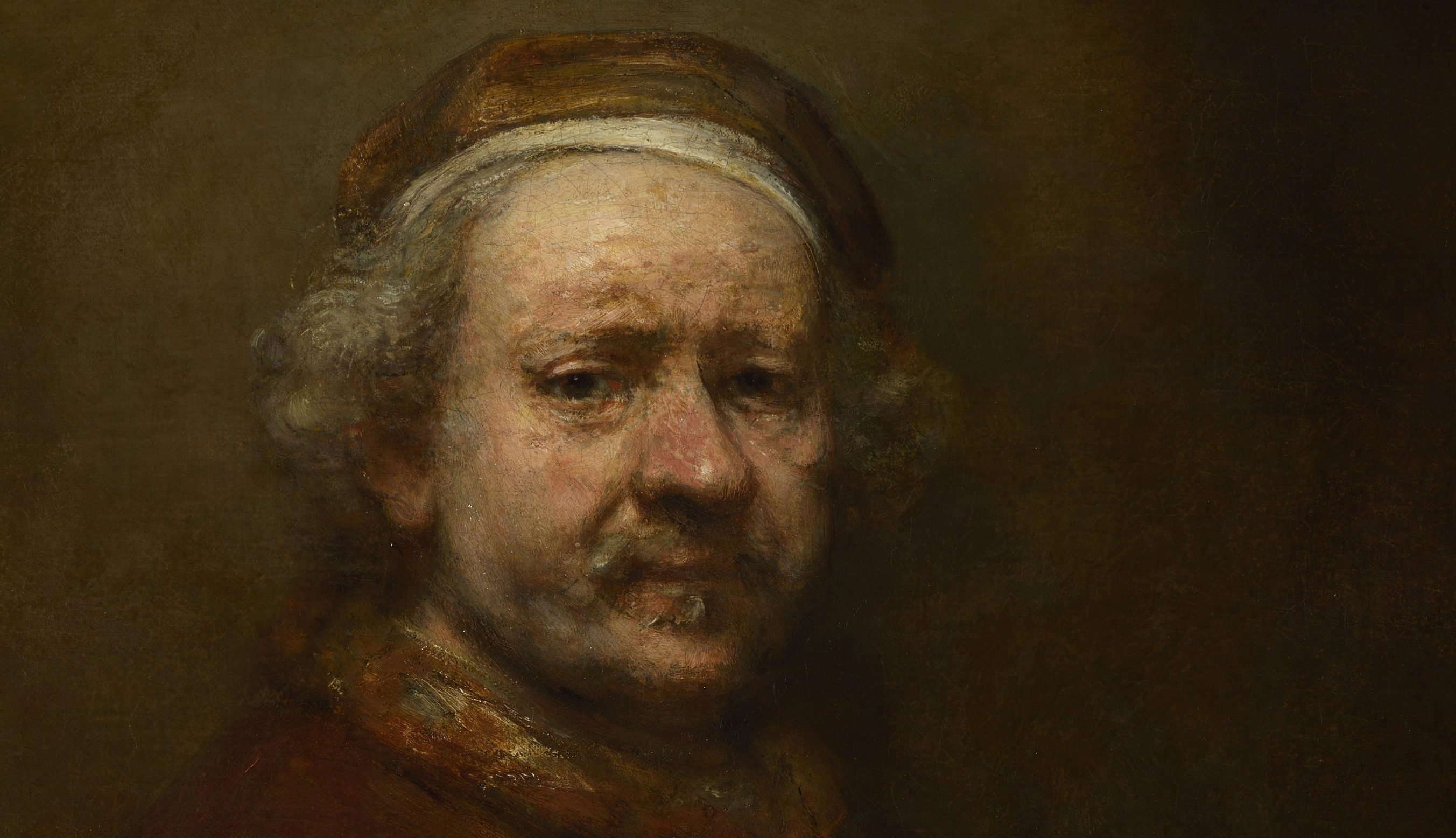The Right Place and Time: Winslow Homer at the Portland Museum of Art

“There is certainly some strange power that has some overlook on me & directing my life,” Winslow Homer wrote in a letter to his brother late in his life. “That I am in the right place at present there is no doubt.” In Winslow Homer and the Poetics of Place at the Portland Museum of Art, Homer’s art appears as a bridge between the nineteenth and twentieth centuries and an agricultural and modern industrial America. These works acted as real-time documents of changing times and perceptions of place and continue to reveal today essential truths of time and space in the process of America becoming the America we knew and know. Homer becomes the pictorial poet of change—a man at the right place and time with the right talents to express the essence of both.
The centennial of Homer’s death seems the perfect time and the Portland Museum of Art seems the perfect place for this exhibition. Homer exhibited at the museum during his lifetime. In 2006, the museum purchased Homer’s Prouts Neck, Maine, studio, which they are currently restoring to open to the public in September 2012. As Thomas Andrew Denenberg writes in the catalogue to the exhibition, the Prouts Neck studio was where Homer “self-consciously retreated from society—loudly performing the role of hermit/artist.” Homer’s achievement speaks loudly once again in this exhibition through the significant Homer collection of the Portland Museum of Art, which they have placed online for scholarly study.
In his captivating catalogue essay, Denenberg focuses on three significant works as emblematic of Homer’s “poetics of place”: Sharpshooter (shown), Artists Sketching in the White Mountains, and Weatherbeaten. “Homer’s poetics are literal, metaphoric, nostalgic, and frank,” Denenberg asserts. “They are built upon the telling detail that becomes the mnemonic, the flick of the brush that conjures a memory, builds a narrative yet leaves the final chapter unwritten, the moral untold.” Denenberg unravels the poetry of Homer’s works and recovers layers of meaning long forgotten and worthy of remembering.
Sharpshooter was Homer’s first attempt at oil painting. Based on an illustration done in 1862 by Homer, the oil painting shows a sharpshooter taking aim at an unsuspecting victim—a far cry from antebellum notions of romantic warfare. “The advent of the telescopic sight collapsed distance—literal and moral—and added to the destabilization of place in the modern psyche,” Denenberg writes. In this painting, showing a shooter “cropped as if caught in a telescopic sight himself,” Homer creates an icon of the new reality of the battlefield as well as the temporal move from killing impersonally to personally (i.e., intentionally lining up a victim in the crosshairs).
In Artists Sketching in the White Mountains, Homer paints a “send-up of the culture of summer in New England in 1868.” As individuals fled the cities to find “authentic” experiences in nature, artists followed them to capture those experiences in paint. As “puckish” as Homer paints in the humorous Artists Sketching, he is serious in Weatherbeaten. By the 1890s, coastal scenes of New England had already been “painted out” into familiarity. Homer remarkably “inject[s] vitality, even virility, back into the New England scene,” Denenberg believes. “Homer’s answer to the hazards of modernity,” Denenberg continues, “lay in the close study of the action of the waves as they met the ledge on which he settled and painted.” Where others created generic places and times, Homer specifically paints a specific place and time and realizes a reality that captures the imagination and restores the power of nature to act therapeutically for the modern American soul.
Because of the fragility of watercolors and graphite drawings, opportunities to see these works by Homer gathered in one place are rare. Seeing Homer’s talents in different media gives a fuller sense of his amazing range. The beautiful en grisaille of Taking an Observation, the delicate white gouache forming a fishing line in Two Men in a Canoe, the atmosphere of watercolors “that all but make a sound,” as Denenberg writes—these and many more examples demonstrate Homer’s poetry of place as the source of his power. Homer was rooted in the land and his era, but they, in turn, found their greatest image-maker and expressionist in his capable hands.
[Image: Winslow Homer. Sharpshooter. 1863. Oil on canvas, 12 ¼ x 16 ½ in. Signed lower left: W. Homer 63. Gift of Barbro and Bernard Osher 1992.41.]
[Many thanks to the Portland Museum of Art for providing me with the image above and a review copy of the catalogue to Winslow Homer and the Poetics of Place, which runs through September 6, 2010.]





